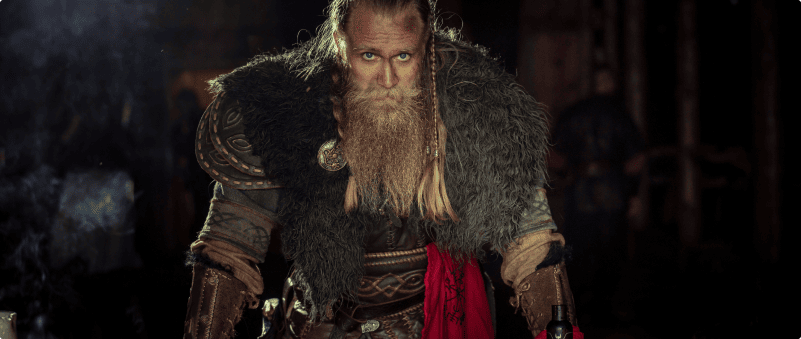Author: The Beard Struggle
Published at: Jul 23, 2021
I have been growing out my beard since I left the Army back in October of 2015. Along the way I have found different factors that helped and heeded my beard growth. From a healthy lifestyle, Family genetics, and Terminal Beard here is what I have learned on this journey,

You are what you eat, is always coming back to haunt me. There are three main factors that affect testosterone and as a result inhibit or promote beard growth, sleep, a healthy diet, and exercise. When I first joined the army back in 2006 I was 22 years old. At that point in my life I only had to shave every other day. Which made it easier during my basic training. Because I only had to shave every other day at that point I had more time to do the things that you do not get a lot of time for in Army basic training, like sleep for instance. However, when I was 23, I had to shave twice a day. At that point I was mulling over in my head, “What the hell happened”. However, it was not until I was 31 that I could even grow a full beard. The second factor that promotes healthy beard growth is sleep. For example, after I left the hell that most who have had the opportunity to experience will tell you, I definitely was getting more sleep. As such, this is why I had to shave more often to keep the whiskers away. As studies will show you, sleep is crucial to higher levels of testosterone production. They have scientifically proven, that men who get eight hours of sleep have twice as much testosterone then men who only get four hours of sleep. The Final factor of beard growth by helping to produce higher testosterone is diet and exercise. First factor of this One-Two combo is Exercise. When I had gotten to my first duty station we were doing Physical Training (PT) or moderate to highly advanced physical and cardiovascular conditioning daily. It has been proven that strength and endurance training can greatly increase testosterone. So much so, that as I reached the age of 23 and beyond I started to resent shaving. The constant shaving and the immensely thick hair started to make my face burn. Lastly, because of the extraneous physical and cardiovascular conditioning, my body definitely needed a lot more nourishment. I mean, my First Sergeant was running us anywhere from 40 to 60 miles a week. So, my body was definitely in need of nourishment. Did you know that in a combat zone, a Soldier, on average will burn 4800+ calories? This is because, one, it is hot, two, we are wearing up to our own body weight in gear, and three, we are constantly trying to chase down someone in this [said] gear up to a quarter of a mile.

Think about it, does your dad have, or has he had a full beard? How about your mom? I am just kidding (or am I?). science has shown that traits like “Male pattern Baldness” stem from the X chromosome which is typically inherited from your mother’s side of the family. Face it, genetics are the single most important factor of why you can or cannot grow a beard. Genetics affect your sensitivity to testosterone. As a result, the more sensitive you are to testosterone the more facial hair you can grow. Genetics also are dependent on what region and ethnicity you are. This is why European men have a tendency to be able to grow a fuller, thicker beard then most Asian men.

A man’s beard has a genetically pre-determined terminal length also known as “Terminal Beard”. Generally, a mans beard will go through three stages that affect its growth, Anagen (Growth phase), Catagen (transition phase), and Telogen (resting phase). However, it will not continue to grow after a certain time because it is determined by the anagen phase. The Anagen phase is or the growth phase is where nourishment of the hair follicles promotes beard growth. This phase usually lasts anywhere from one to two years. The second phase is the transition phase catagen phase. This is where the hair detaches itself from the follicle. This phase usually only lasts about 10 days. The last phase is known as the telogen phase or resting phase. This phase is the phase where your hair is released and falls out. So as such, my mustache in different areas grows at different lengths and different times.


10 Beard Care Mistakes A Viking Should Never Make
Register now to receive 10 exclusive tips straight to your inbox.
Comments